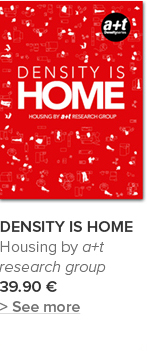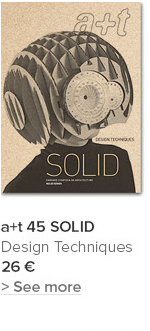The importance of the module: Arata Isozaki and Fumihiko Maki
Published in 10 Stories of Collective Housing
January 25, 2016

Fumihiko Maki. Hillside Terrace. Third phase. Tokyo. Japan. Photo: Isabel Mozas
"Hillside Terrace (1967-1998) is a miniature city, built in phases, which took over thirty years to complete and is home to low-rise buildings, interconnected public spaces, low walls, thresholds, passageways and vegetation. Hillside Terrace, in the Daikanyama district, sums up thirty years of urban design in Tokyo, thirty years in the history of modern architecture and thirty years in the professional career of Fumihiko Maki. In this third phase the facades are more abstract with a greater variety of materials than in other phases. He uses a modulated geometry based on 15 cm squares.
The concrete structure of the Museum of Modern Art in Gunma (Japan, 1971-1974) repeats a cube model which symbolizes the first direct struggle for Japanese architecture to distance itself from the tenets of orthodox Modernism. Things were coming together for Japan-ness, -as Arata Isozaki calls it*-, to begin taking shape. Maki, with his Group Form, was one of the main movers in this direction following his attendance of a Team 10 meeting in France. The importance of the module and the meaning given to the shell are both present in this Isozaki museum and in the buildings pertaining to Hillside Terrace Phase III."

Arata Isozaki. Museo de Arte Moderno. Gunma. Japón. Foto: HectorBC
* Rem Koolhaas, Hans Ulrich Obrist. Taschen. Project Japan. Metabolism Talks... 2011. P. 31
PUBLISHED IN:























 I've read and agree to
I've read and agree to 


